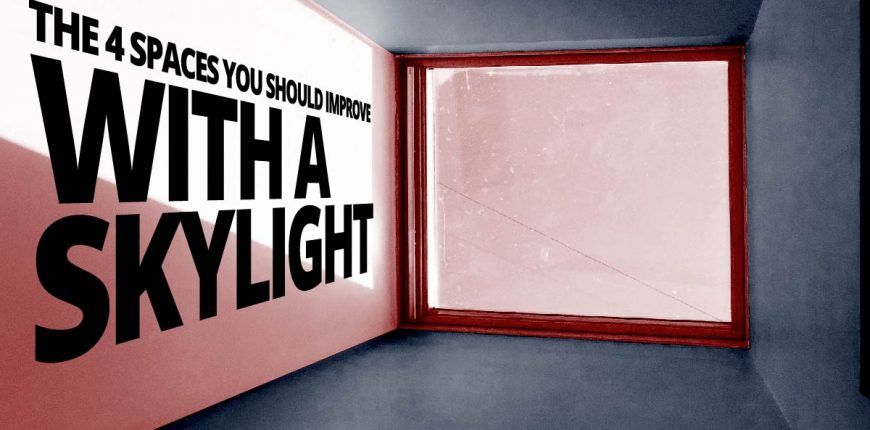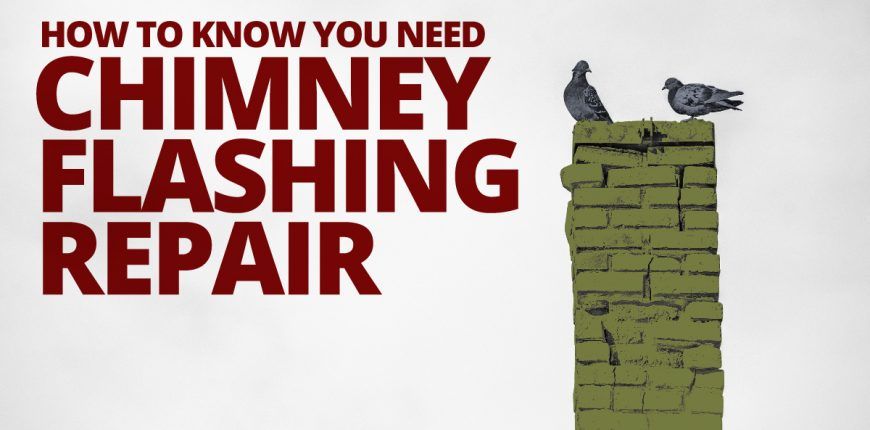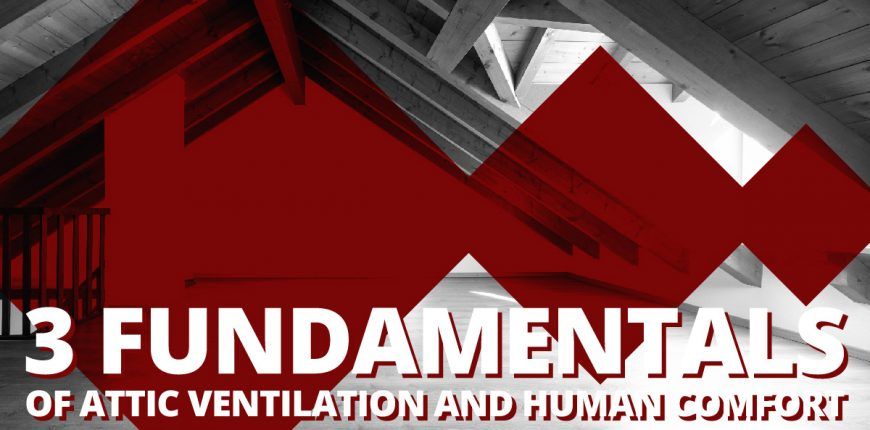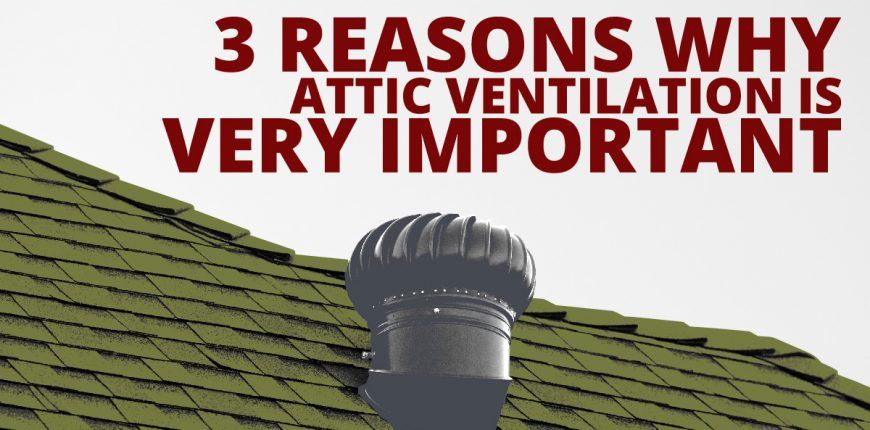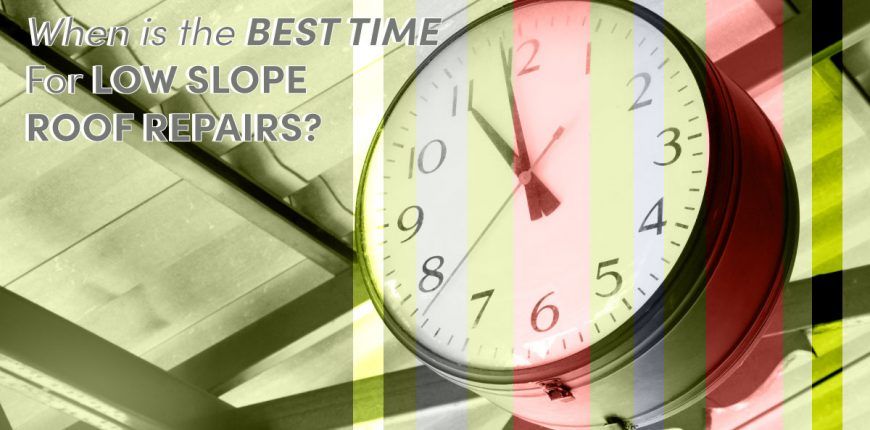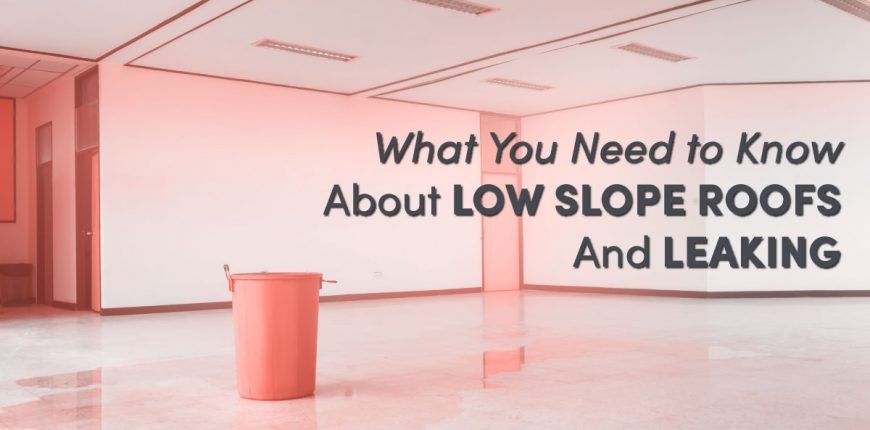Adding a skylight to various parts of your home can bring multiple long-term benefits. Not only can it cut heating and cooling costs, but it can also influence a positive atmosphere, as natural light brings energy to a room. Here are the places where a skylight can provide the most improvements.
1. Kitchen
Your kitchen is a place where an upbeat atmosphere is essential. Natural light can brighten the space, reducing mystery and uncertainty. It’s crucial for an individual working with knives to have sufficient light to see what they are cutting. A skylight in the kitchen is an excellent source of light for cooking, cutting, and for dining.
2. Bedrooms
Since bedrooms are designed for privacy with an emphasis on window coverings, light can be limited, which leads to using electric lighting often. A skylight, however, reduces the need for electric power. A master bedroom usually requires the most privacy and should be a top consideration for a skylight.
3. Bathrooms
Another private place in the home is the bathroom, which is an ideal place since it should be bright all the time. Letting in light from a skylight creates a positive, clean atmosphere while reducing energy usage.
4. Hallways
When electricity is not being used, the darkest place in a home (other than the attic, closets, or garage) is often the hallways. Hallways tend to not have or be near windows. This is why it’s an effective idea to install skylights in these areas of the home to let in natural light, especially for long hallways.
Work with an Experienced Installer
You should only hire a reputable, certified and insured skylight specialist to ensure installation is done properly. Working with an installer who is passionate about the local community is essential. Furthermore, the more experienced an installer is, the more you will be able to verify their reputation by researching customer reviews.
Where is the best place to install a skylight?
The best place in a home to install a skylight comes down to where light is needed the most to avoid using electric lights. It’s ideal not to let in excessive sunlight because it can cause furniture, flooring, and other items to fade. Strategically placing your skylights in the proper places is a customization aspect to talk over with your contractor after they first inspect your home and assess where natural lighting would bring the most benefits.
J. Carnes & Son Roofing proudly serves New Hampshire’s Seacoast and surrounding areas. Connect with us today with your skylight questions. We can advise on the best place to add a skylight, their benefits, and all the aspects of the installation.

